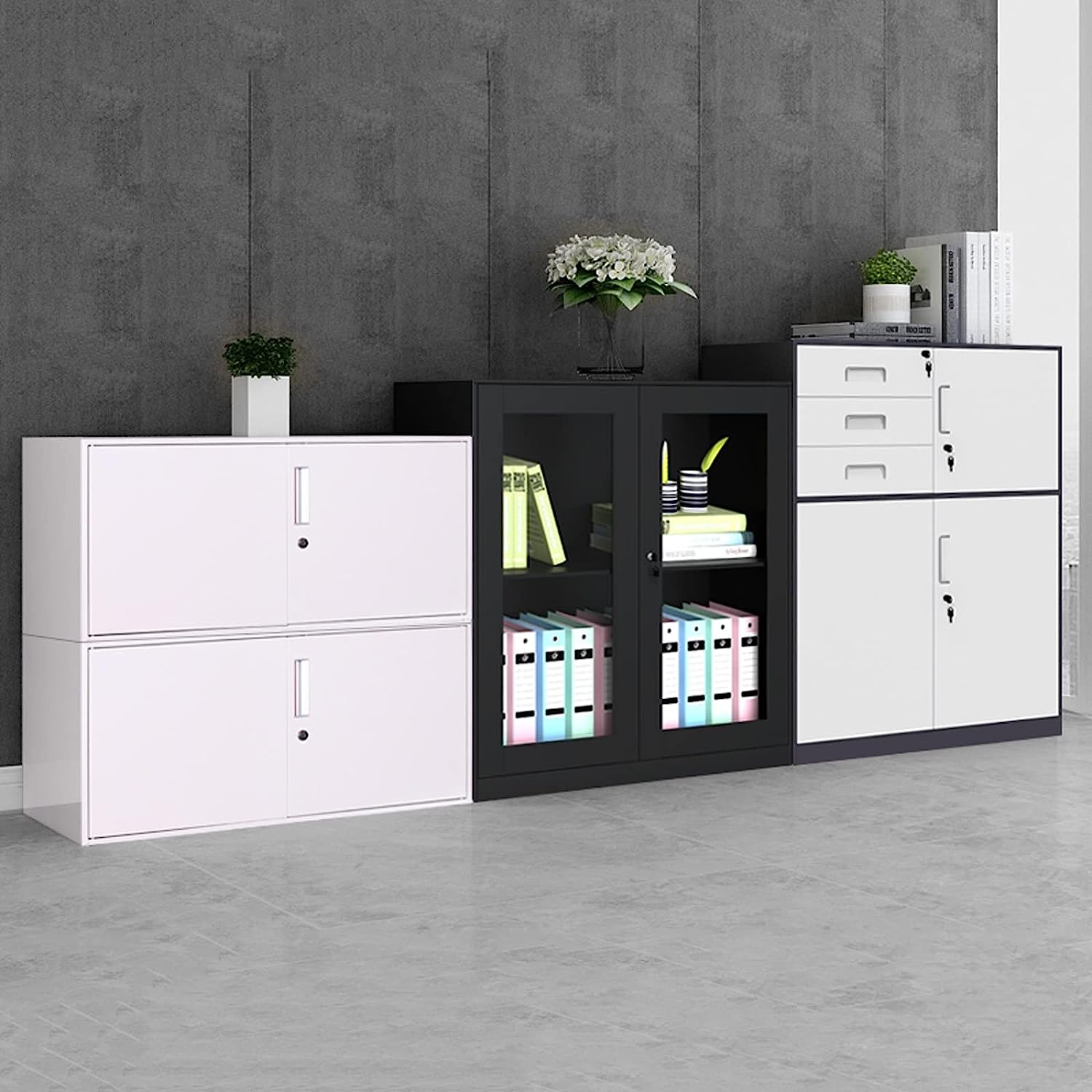

Articles
How To Break Into A Filing Cabinet
Modified: March 22, 2024
Learn the best techniques to break into an office storage filing cabinet. Discover helpful tips and tricks for accessing essential documents.
(Many of the links in this article redirect to a specific reviewed product. Your purchase of these products through affiliate links helps to generate commission for Storables.com, at no extra cost. Learn more)
Introduction
Breaking into a filing cabinet may sound like a nefarious activity, but there are legitimate reasons why someone would need access to a locked cabinet. Whether you’ve misplaced the key, forgotten the combination, or simply need to retrieve important documents, understanding how to break into a filing cabinet can be a valuable skill.
In this article, we will guide you through the process of breaking into a filing cabinet in a safe and responsible manner. We will cover different types of lock mechanisms, necessary tools, entry methods, and tips for troubleshooting. Please note that it is essential to have proper authorization before attempting to break into a filing cabinet, and only do so when all other options have been exhausted.
Before we dive into the techniques, it’s important to respect the integrity of the filing cabinet and explore alternative options first. Consult the cabinet’s manual, contact the manufacturer, or seek advice from a professional locksmith to explore non-destructive methods of gaining access. However, if all else fails, and you find yourself in a situation where breaking into the filing cabinet becomes necessary, read on to learn the steps involved.
Disclaimer: The information provided in this article is for informational purposes only. We do not condone any illegal activities or unauthorized access to personal or confidential files. Always act within the bounds of the law and seek proper authorization before attempting to gain access to a filing cabinet.
Key Takeaways:
- Understanding the lock mechanism, gathering the necessary tools, and assessing the type of filing cabinet are crucial steps before attempting to break into a filing cabinet. Always prioritize safety, legality, and proper authorization.
- Non-destructive entry methods, such as lock picking and impressioning, are preferred to minimize damage to the cabinet. Patience, documentation, and respect for privacy and confidentiality are essential throughout the process. Always seek professional assistance when necessary.
Read more: How To Organize Filing Cabinet
Understanding the Lock Mechanism
Before attempting to break into a filing cabinet, it’s crucial to understand the lock mechanism you’ll be dealing with. Filing cabinets typically use one of two common lock types: wafer locks or pin tumbler locks.
Wafer locks are the simpler of the two and are often found in older or budget filing cabinets. They consist of several flat, spring-loaded wafers that prevent the cabinet from being opened without the correct key. To break into a filing cabinet with a wafer lock, you will need to manipulate the wafers individually to create an opening.
On the other hand, pin tumbler locks are more secure and commonly found in modern filing cabinets. These locks use pins of varying lengths that align when the correct key is inserted, allowing the cabinet to be opened. Breaking into a filing cabinet with a pin tumbler lock involves manipulating the pins to create the alignment needed to open the lock.
Both types of locks can be bypassed using different techniques, some of which we will discuss later in this article. It’s essential to have a clear understanding of the lock mechanism before attempting any entry method, as improper techniques can damage the cabinet or make it difficult to relock in the future.
If you’re unsure about the lock type or need more information on the specific lock mechanism of your filing cabinet, consult the manufacturer’s documentation or seek advice from a professional locksmith. Understanding the lock mechanism will greatly increase your chances of successfully breaking into a filing cabinet while minimizing potential damage.
Gathering the Necessary Tools
When it comes to breaking into a filing cabinet, having the right tools is crucial. Here are some essential tools you may need:
- A sturdy screwdriver: This will be used for various entry methods, such as prying open the cabinet or removing screws.
- A drill and drill bits: These are handy for drilling through the lock or creating access points.
- A lock pick set: If you’re skilled and experienced in lock picking, a lock pick set can be effective for manipulating the lock mechanism.
- A tension wrench: Used in conjunction with lock picks, a tension wrench helps create tension in the lock cylinder.
- A file or shim: Useful for filing down wafer locks or creating space to bypass the pins in pin tumbler locks.
- A lubricant: Apply lubricant to make the lock mechanism operate more smoothly.
- A flashlight: Bright lighting is essential for inspecting the lock and working with precision.
- Protective gloves: These will protect your hands from any sharp edges or debris during the process.
It’s important to remember that these tools should be used responsibly and only in situations where you have proper authorization or legal entitlement to access the filing cabinet. Improper use of these tools or attempting to break into a filing cabinet without proper authorization can have legal consequences.
Once you have gathered the necessary tools, ensure that you are familiar with their proper usage. If you’re unfamiliar with any tool or technique, consider seeking guidance from a professional locksmith or someone experienced in filing cabinet entry methods.
Always prioritize safety and caution during the process. Use appropriate protective equipment, work in a well-ventilated area, and be mindful of your surroundings to minimize the risk of accidents or injuries.
Assessing the Type of Filing Cabinet
Before attempting to break into a filing cabinet, it’s essential to assess the type of cabinet you’ll be dealing with. Here are a few factors to consider:
- Material: Filing cabinets are typically made of metal or wood. Metal cabinets are more durable and often require different techniques for entry compared to wooden cabinets.
- Size and weight: Filing cabinets come in various sizes and weights. Larger cabinets may have additional security features, while smaller ones may be easier to manipulate or bypass.
- Lock type: As mentioned earlier, filing cabinets can have either wafer locks or pin tumbler locks. Identifying the lock type will help determine the most appropriate entry method.
- Condition: The condition of the cabinet can also affect the ease of entry. Older or worn-out cabinets may have weakened lock mechanisms or structural damage that makes entry easier.
By assessing these factors, you can better understand the challenges and potential vulnerabilities of the filing cabinet, enabling you to choose the most suitable entry method and tools.
Remember, it is crucial to have proper authorization before attempting to break into a filing cabinet. Unauthorized entry into someone else’s property or unauthorized access to confidential documents is illegal and unethical. Always act within the boundaries of the law and seek proper authorization or professional assistance when necessary.
In the next sections, we will explore different entry methods that can be used to break into a filing cabinet. It’s important to note that these methods should only be used legally and responsibly, with proper authorization. Improper use of these techniques can lead to damage, legal consequences, and a breach of trust. Prioritize the security and integrity of the filing cabinet throughout the process.
Exploring Different Entry Methods
Breaking into a filing cabinet requires careful consideration of the available entry methods. Here are some common techniques:
- Forced entry: This method involves using brute force to pry open the cabinet or break the lock. It is typically the last resort and can cause irreversible damage to the cabinet.
- Drilling: One of the most commonly used methods, drilling involves creating a hole in the lock cylinder to manipulate the internal components and unlock the cabinet.
- Lock picking: Skilled lock pickers may attempt to manipulate the pins or wafers within the lock mechanism using specialized tools to simulate the action of the correct key.
- Impressioning: In this method, a blank key is inserted into the lock, and the pins or wafers leave marks on the blank. These marks are then used to create a working key.
- Bypassing the lock mechanism: Some filing cabinets have vulnerabilities that allow for bypassing the lock altogether, such as using a wire to disengage the mechanism or accessing the inner workings of the lock.
Each entry method has its pros and cons, and the choice depends on factors such as the type of lock, level of skill, and available tools. It’s important to note that not all methods may be suitable or effective for every situation.
Additionally, it’s crucial to prioritize non-destructive methods whenever possible to minimize damage to the filing cabinet. Non-destructive entry methods are less likely to raise suspicion and allow the cabinet to be relocked more easily after gaining access.
Before proceeding with any entry method, carefully weigh the risks and benefits, considering factors such as the value of the documents in the cabinet, the legality of the situation, and any potential consequences.
In the next section, we will explore specific techniques for each entry method, providing detailed instructions on how to break into a filing cabinet while minimizing the potential for damage.
Use a flathead screwdriver to pry open the top drawer slightly. Then insert a thin metal rod or paperclip into the gap to push the locking mechanism.
Read more: How To Open A File Cabinet
Using Forced Entry Techniques
Forced entry techniques should only be used as a last resort when all other options have been exhausted. Remember that these methods can cause significant damage to the filing cabinet, making it difficult to relock or repair. Here are some forced entry techniques that can be employed:
- Prying the cabinet open: Use a sturdy screwdriver or pry bar to carefully apply pressure on the cabinet’s edges, forcing it open. Start at the top corner and work your way down gradually. Be cautious not to damage the cabinet or surrounding furniture.
- Breaking the lock: If prying is not successful, you may need to resort to breaking the lock mechanism. Use a drill with a metal-cutting bit to create a hole or completely dismantle the lock. This method may render the lock unusable and require a replacement.
- Cutting through the cabinet: If other methods prove ineffective, cutting through the cabinet itself may be necessary. Use a reciprocating saw or angle grinder with a metal-cutting blade to carefully cut through the lock or other weaker points of the cabinet.
It’s crucial to proceed with caution when using forced entry techniques. Take necessary safety precautions, wear protective gear, and ensure you have proper authorization to break into the filing cabinet. Remember that forced entry should only be employed as a last resort when all other options have been exhausted.
After successfully gaining access to the cabinet using forced entry, consider the best course of action to either repair or replace the damaged lock or cabinet. It’s important to restore the security and integrity of the cabinet as soon as possible.
Keep in mind that using forced entry techniques without proper authorization or legal entitlement to do so can have serious consequences. Always act within the boundaries of the law and seek professional assistance or advice when necessary.
In the next section, we will explore non-destructive methods for breaking into a filing cabinet, which are often preferred to minimize damage and allow for the cabinet to be relocked more easily.
Manipulating the Lock for Non-destructive Entry
Non-destructive entry methods are preferred when attempting to break into a filing cabinet, as they minimize damage to the cabinet and allow for easier relocking after gaining access. Here are some techniques for manipulating the lock for non-destructive entry:
- Lock picking: Skilled lock pickers can use specialized tools like tension wrenches and lock picks to manipulate the pins or wafers within the lock mechanism. This technique requires practice, patience, and a good understanding of how locks work.
- Impressioning: Impressioning involves using a blank key and inserting it into the lock, carefully turning it back and forth while applying slight pressure. Through this process, the pins or wafers leave marks on the blank key, which can then be filed down to create a working key.
- Bypassing the lock mechanism: Some filing cabinets have vulnerabilities that allow for bypassing the lock entirely. This can involve using a wire or paperclip to disengage the locking mechanism or gaining access to the inner workings of the lock itself.
Non-destructive entry methods require a good understanding of the lock type, patience, and precision. If you’re not experienced with lock picking or impressioning techniques, it’s advisable to seek guidance from a professional locksmith who can assist you or provide further instructions.
Remember that non-destructive entry methods should only be used with proper authorization and legal entitlement to access the filing cabinet. Unauthorized entry into someone else’s property or unauthorized access to confidential documents is illegal and unethical.
If successful in gaining non-destructive entry to the filing cabinet, take care to relock the cabinet and ensure the security of the contents. If needed, consult a professional locksmith to repair or replace the lock to maintain the cabinet’s integrity.
As always, prioritize safety, caution, and legality when attempting to break into a filing cabinet. Act within the boundaries of the law and seek professional assistance or advice when necessary. In the next section, we will provide troubleshooting tips and additional considerations to keep in mind throughout the process.
Troubleshooting and Tips
Breaking into a filing cabinet can be a challenging task, and various issues may arise during the process. Here are some troubleshooting tips and additional considerations to keep in mind:
- Patience is key: Breaking into a filing cabinet requires patience and persistence. Take your time and remain calm throughout the process.
- Inspect the lock: Before attempting any entry method, carefully inspect the lock for any signs of damage, wear, or tampering. This information can help determine the most suitable approach.
- Experiment with different entry methods: If one method doesn’t work, don’t give up. Try alternative techniques or seek guidance from professionals to find the most effective approach.
- Document the process: Take photos or make notes of the steps you’ve taken during the entry process. This documentation may be helpful if you need to relock or repair the cabinet afterward.
- Minimize damage: Whenever possible, opt for non-destructive entry methods to minimize damage to the cabinet. This allows for easier relocking and reduces the need for extensive repairs.
- Consider professional assistance: If you’re unsure or inexperienced, it’s best to seek professional assistance from a locksmith to avoid causing further damage or compromising the cabinet’s security.
- Proper authorization: Always ensure you have proper authorization or legal entitlement to access the filing cabinet. Unauthorized entry can have legal consequences and breach trust.
- Respect privacy and confidentiality: When accessing someone else’s filing cabinet, handle any documents or information with caution and respect privacy and confidentiality.
Remember, the information provided in this article is for informational purposes only. It’s important to respect the law and act responsibly when attempting to break into a filing cabinet. Always seek proper authorization and consult professionals when necessary.
If you encounter any unexpected challenges or issues, don’t hesitate to reach out to a professional locksmith for assistance. They have the expertise and tools necessary to handle complex situations and provide the best solutions.
Once you have successfully gained access to the filing cabinet, take immediate measures to address any damage caused and restore its security. Lock replacement or repairs may be necessary to ensure the cabinet’s integrity and functionality.
Finally, remember that knowledge gained from this article should only be used responsibly and legally. Always act within the boundaries of the law and prioritize privacy and confidentiality when handling sensitive information.
With proper authorization and responsible actions, breaking into a filing cabinet can be done effectively and safely when necessary.
Conclusion
Breaking into a filing cabinet is a task that should be approached with caution, responsibility, and proper authorization. While it may be necessary in certain circumstances, it’s important to exhaust all other options before resorting to breaking the lock or cabinet.
In this article, we have explored different entry methods, including forced entry techniques and non-destructive methods such as lock picking and impressioning. We have also discussed the importance of understanding the lock mechanism, gathering the necessary tools, and assessing the type of filing cabinet before attempting entry.
Throughout the process, it’s crucial to prioritize safety and legality. Always seek proper authorization and consult professionals when necessary. Understand the potential consequences of unauthorized entry into someone else’s property or access to confidential documents.
Remember that non-destructive entry methods are preferred as they minimize damage to the cabinet and allow for easier relocking. However, if forced entry becomes necessary, proceed with caution and be prepared for potential damage to the cabinet or lock.
Lastly, troubleshooting tips and additional considerations, such as patience, documentation of the process, and respect for privacy and confidentiality, are vital to ensure a successful and responsible approach to breaking into a filing cabinet.
By following proper procedures and acting within the boundaries of the law, you can safely and effectively gain access to a filing cabinet when authorized and necessary.
Disclaimer: The information provided in this article is for informational purposes only. We do not condone any illegal activities or unauthorized access to personal or confidential files. Always act within the bounds of the law and seek proper authorization before attempting to gain access to a filing cabinet.
Frequently Asked Questions about How To Break Into A Filing Cabinet
Was this page helpful?
At Storables.com, we guarantee accurate and reliable information. Our content, validated by Expert Board Contributors, is crafted following stringent Editorial Policies. We're committed to providing you with well-researched, expert-backed insights for all your informational needs.
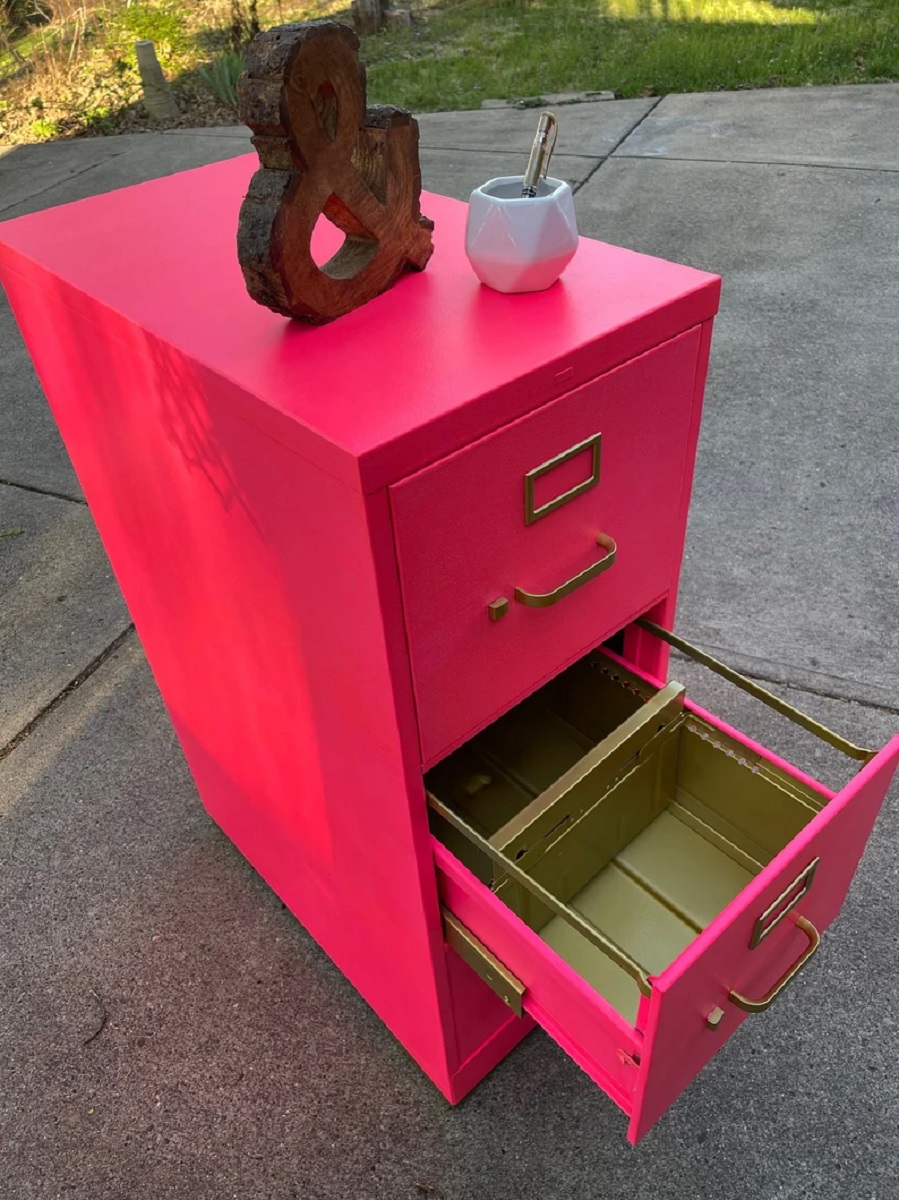
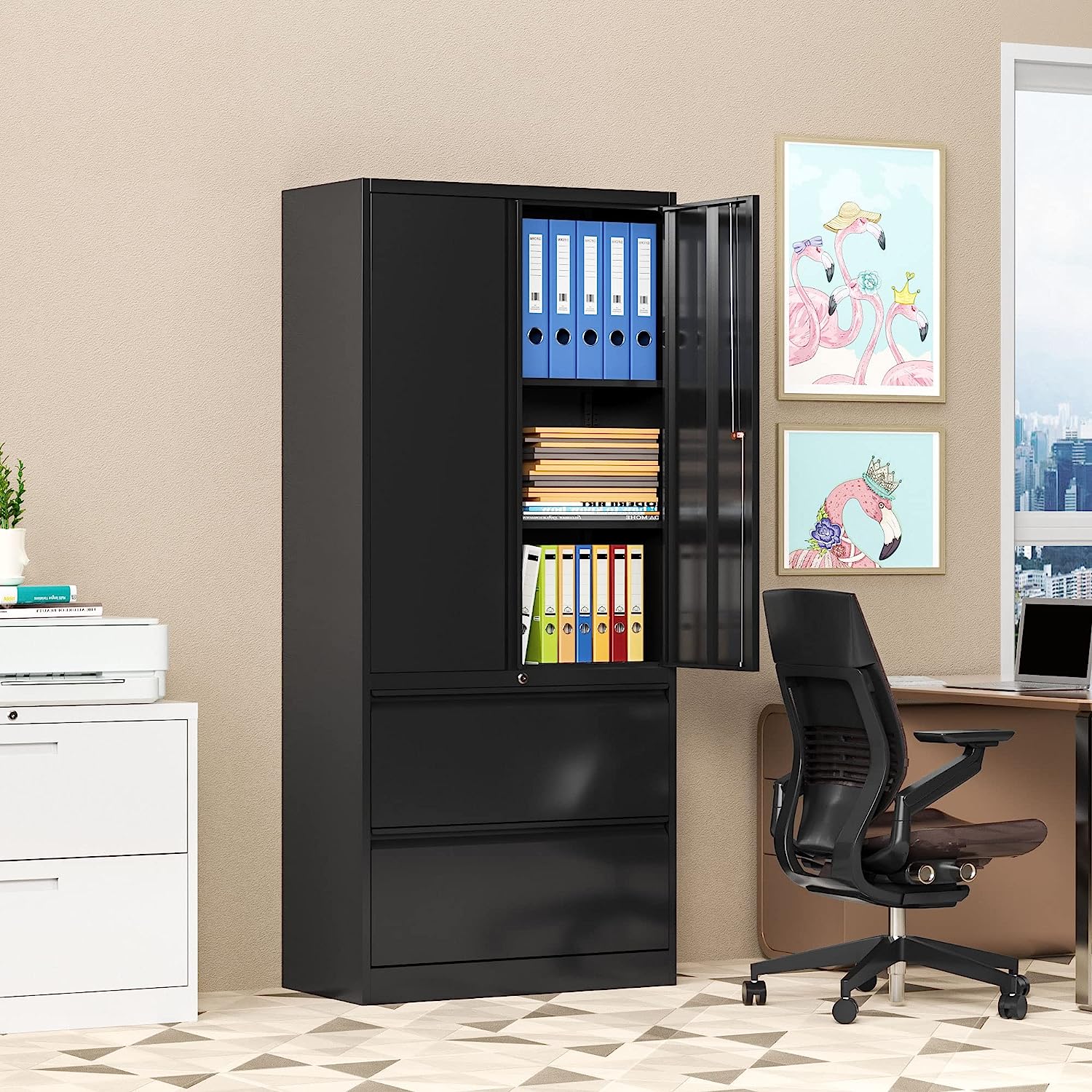
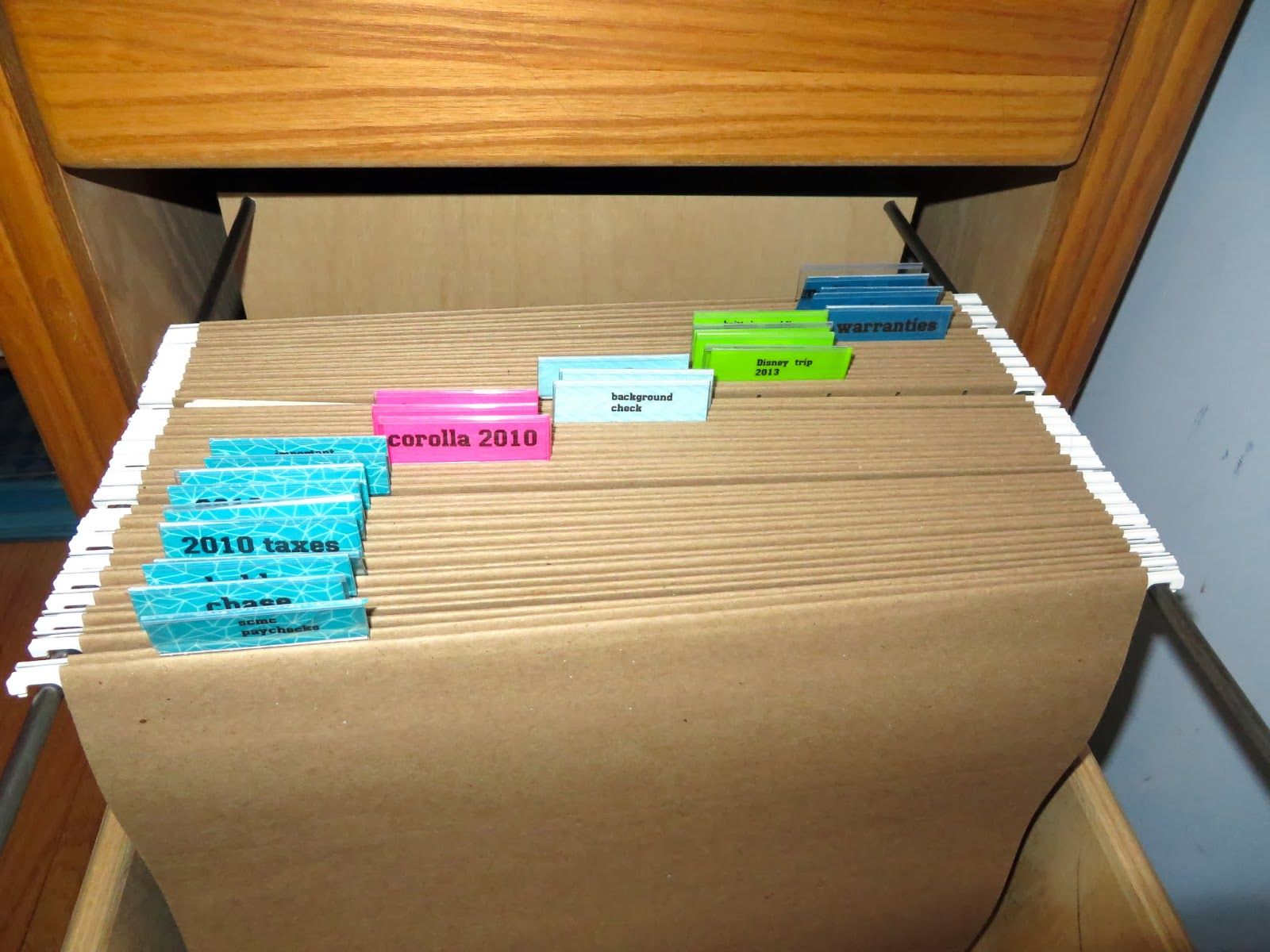
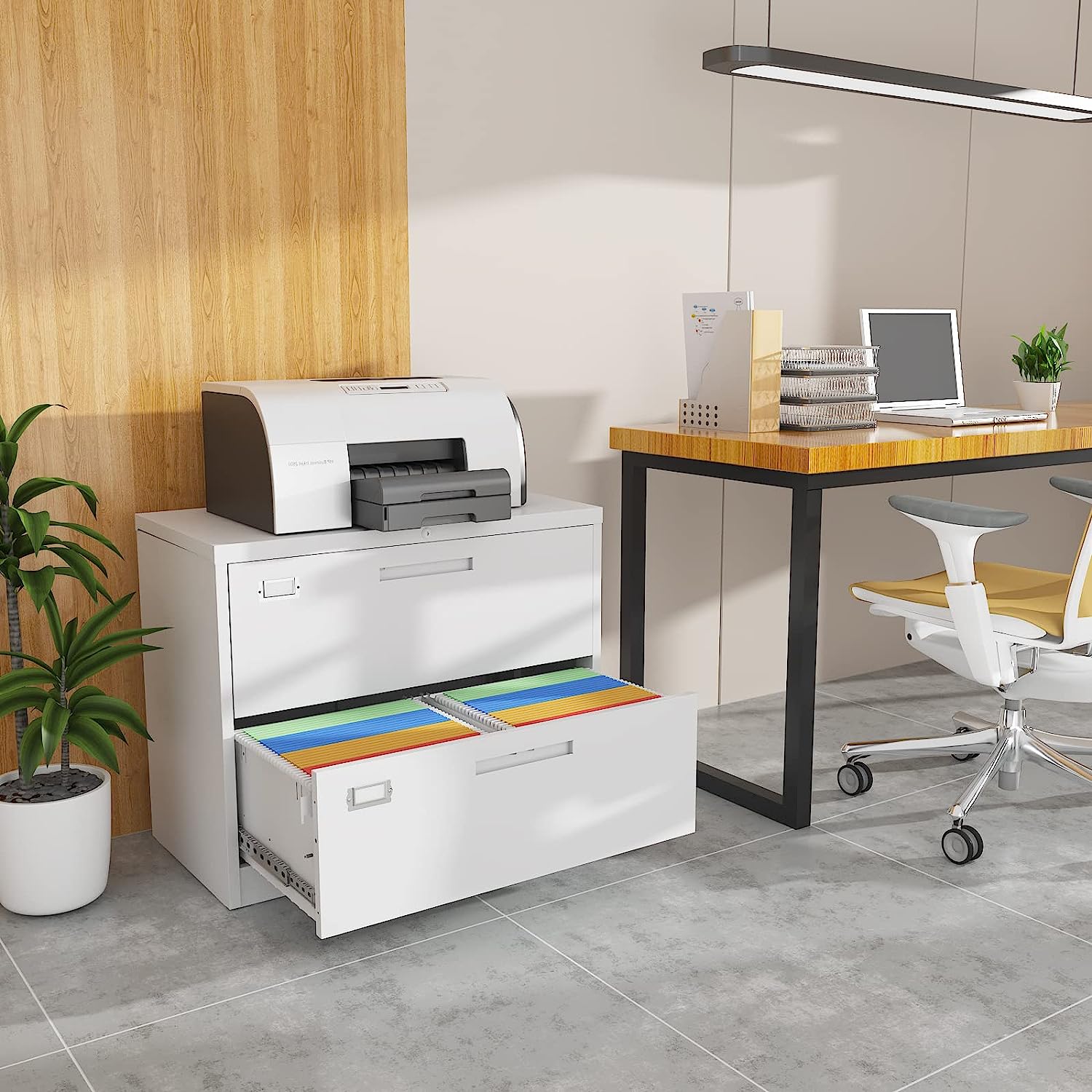
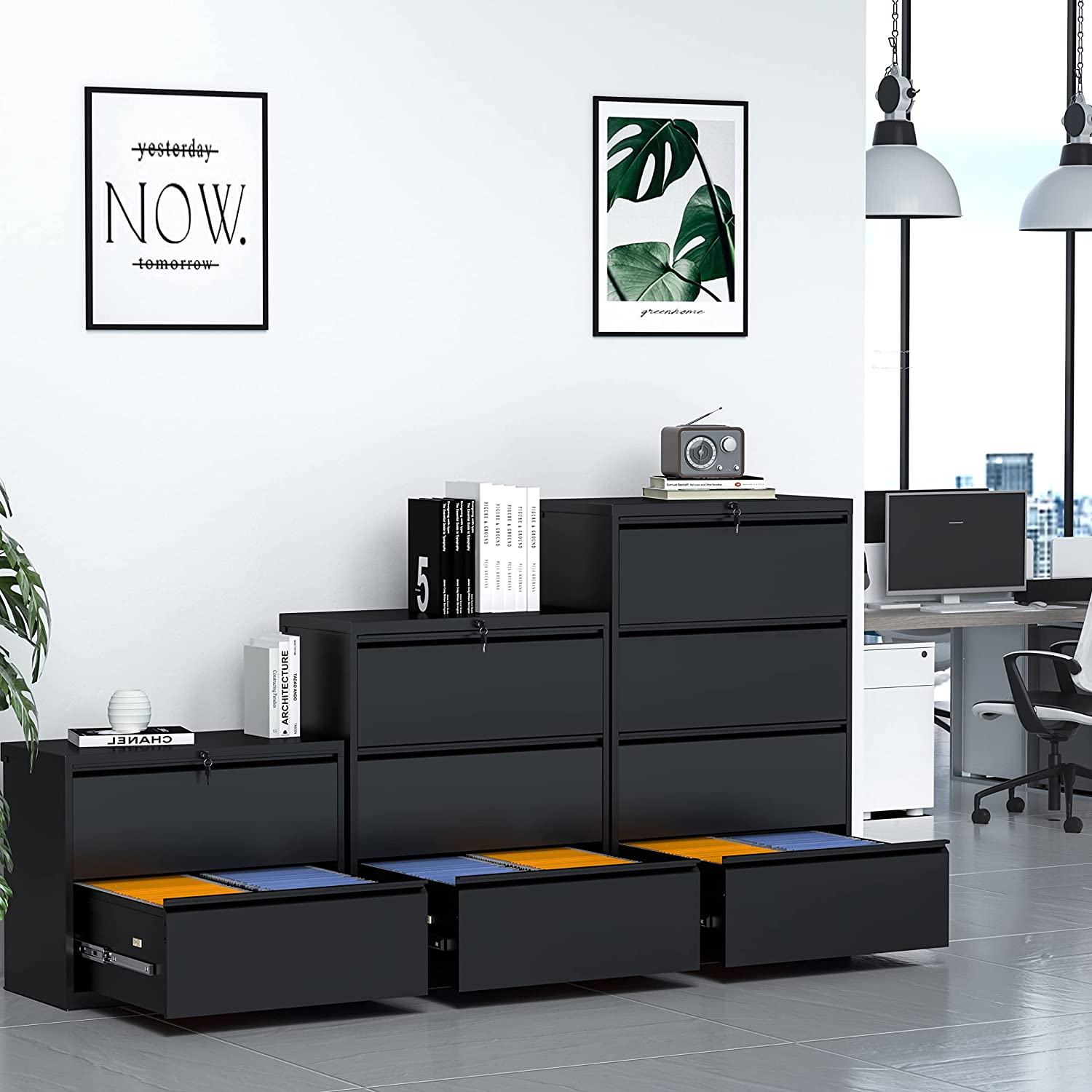
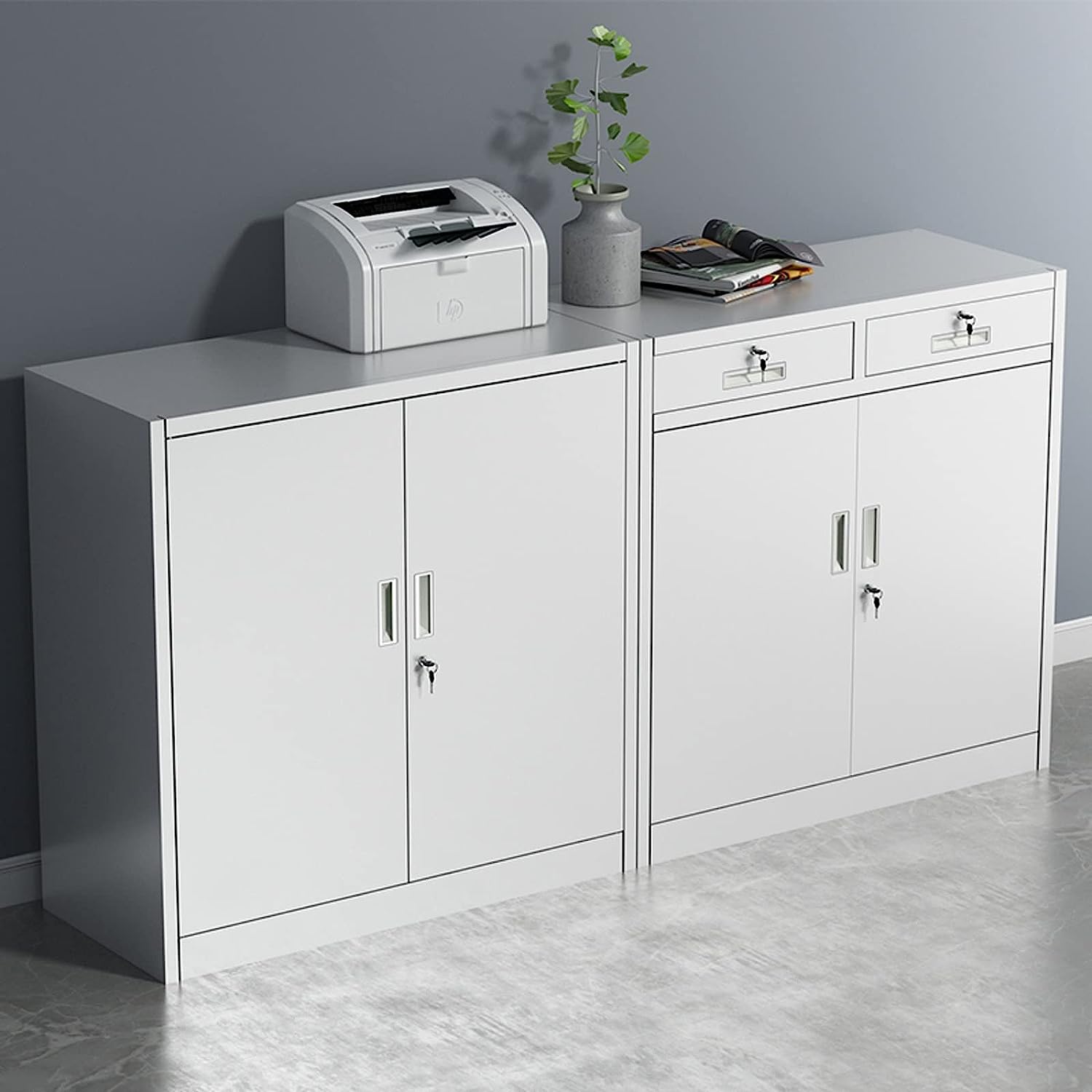
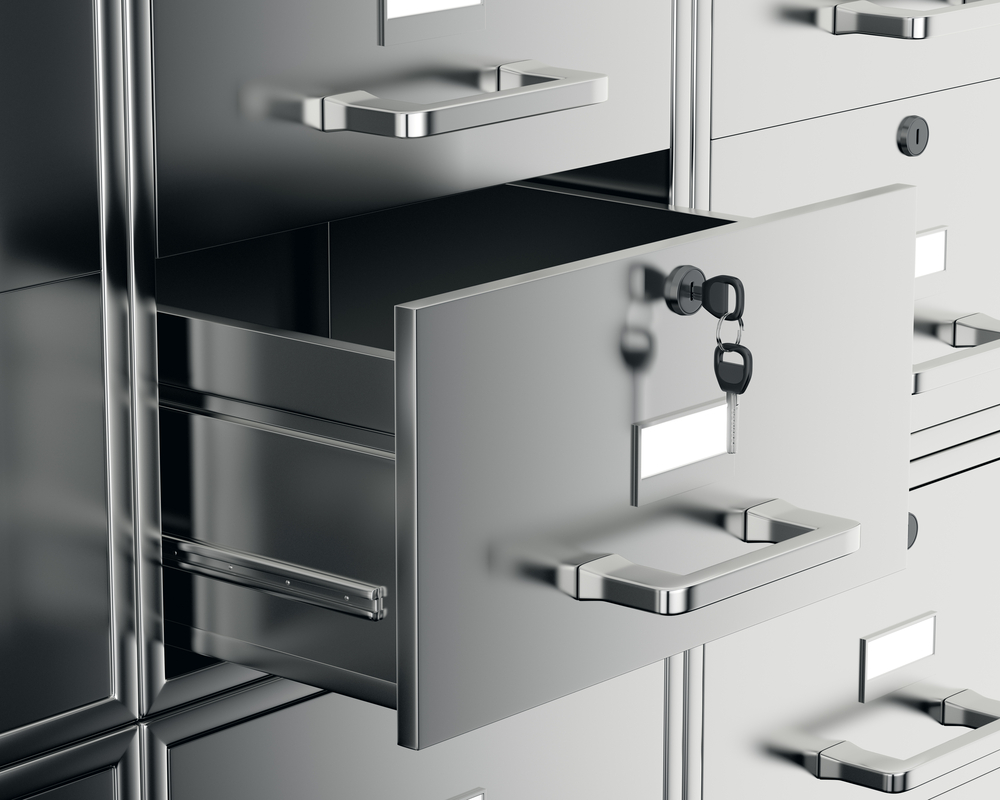
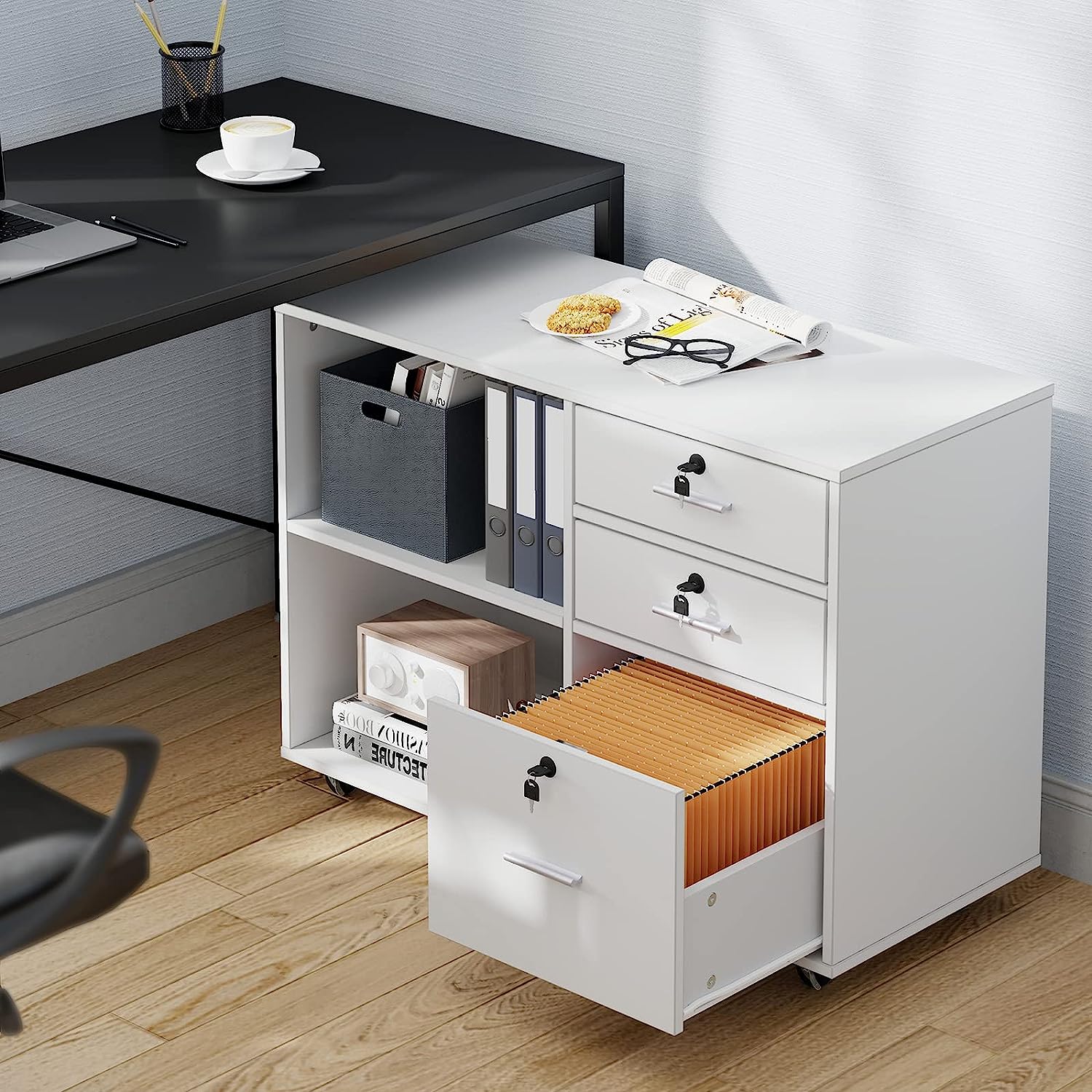
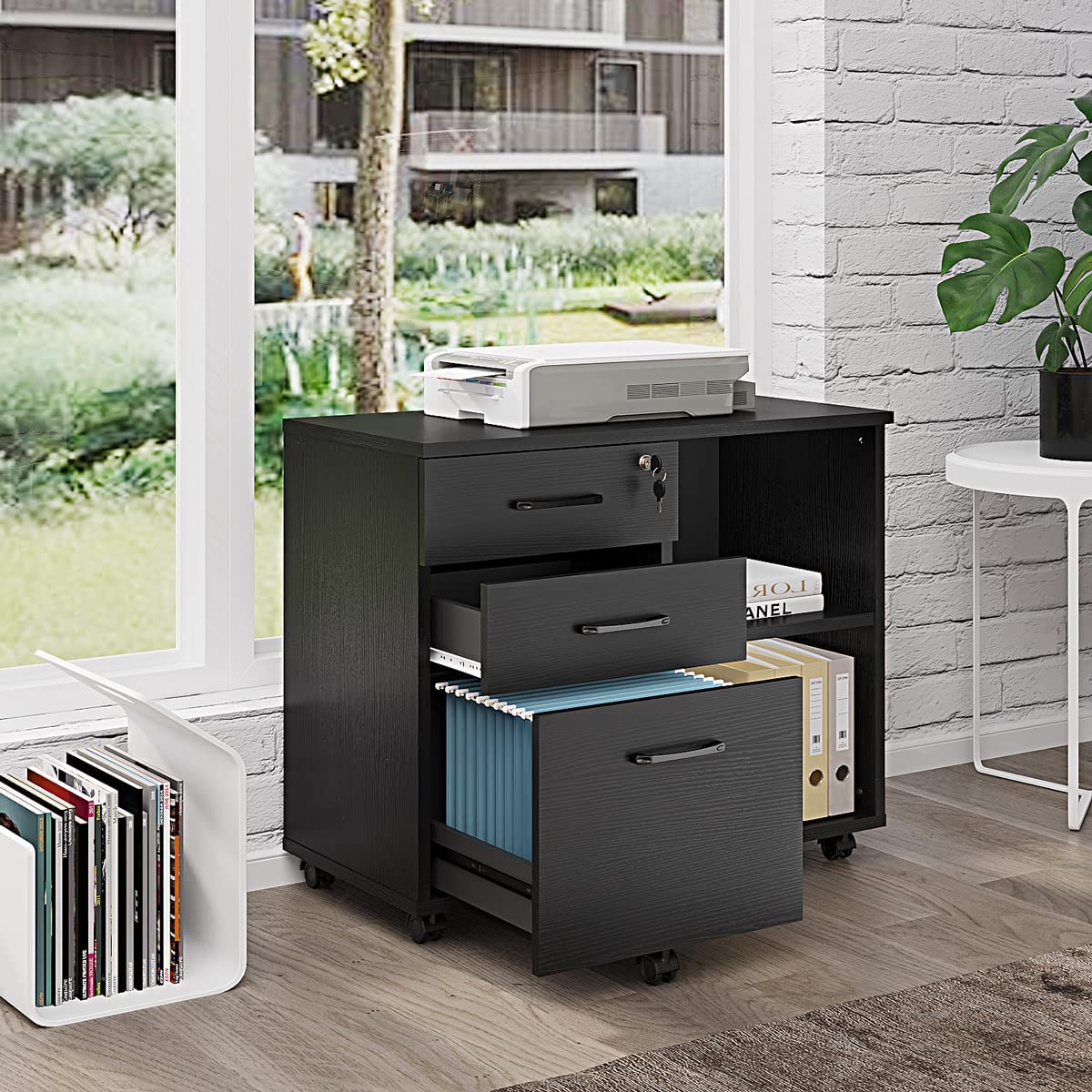
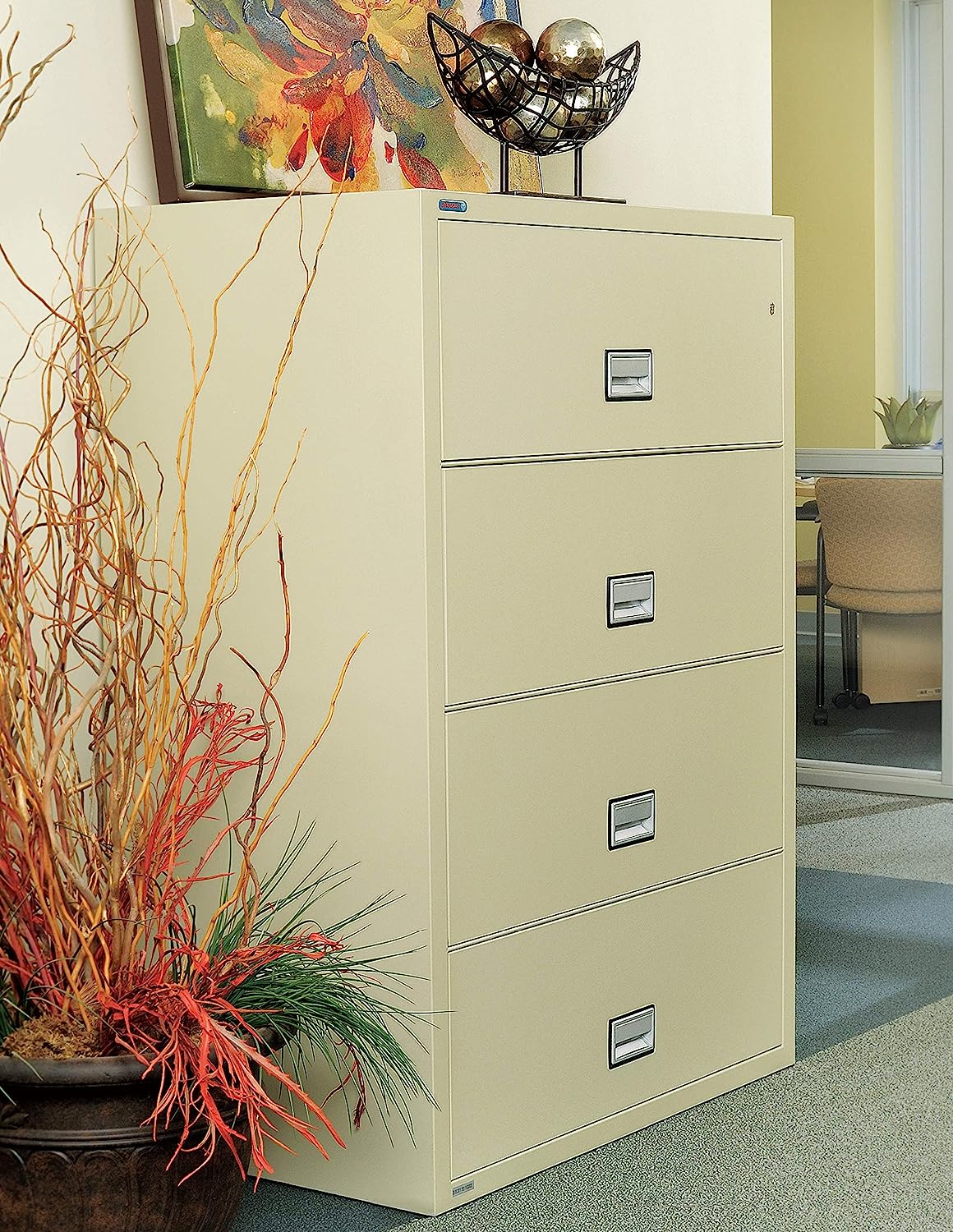
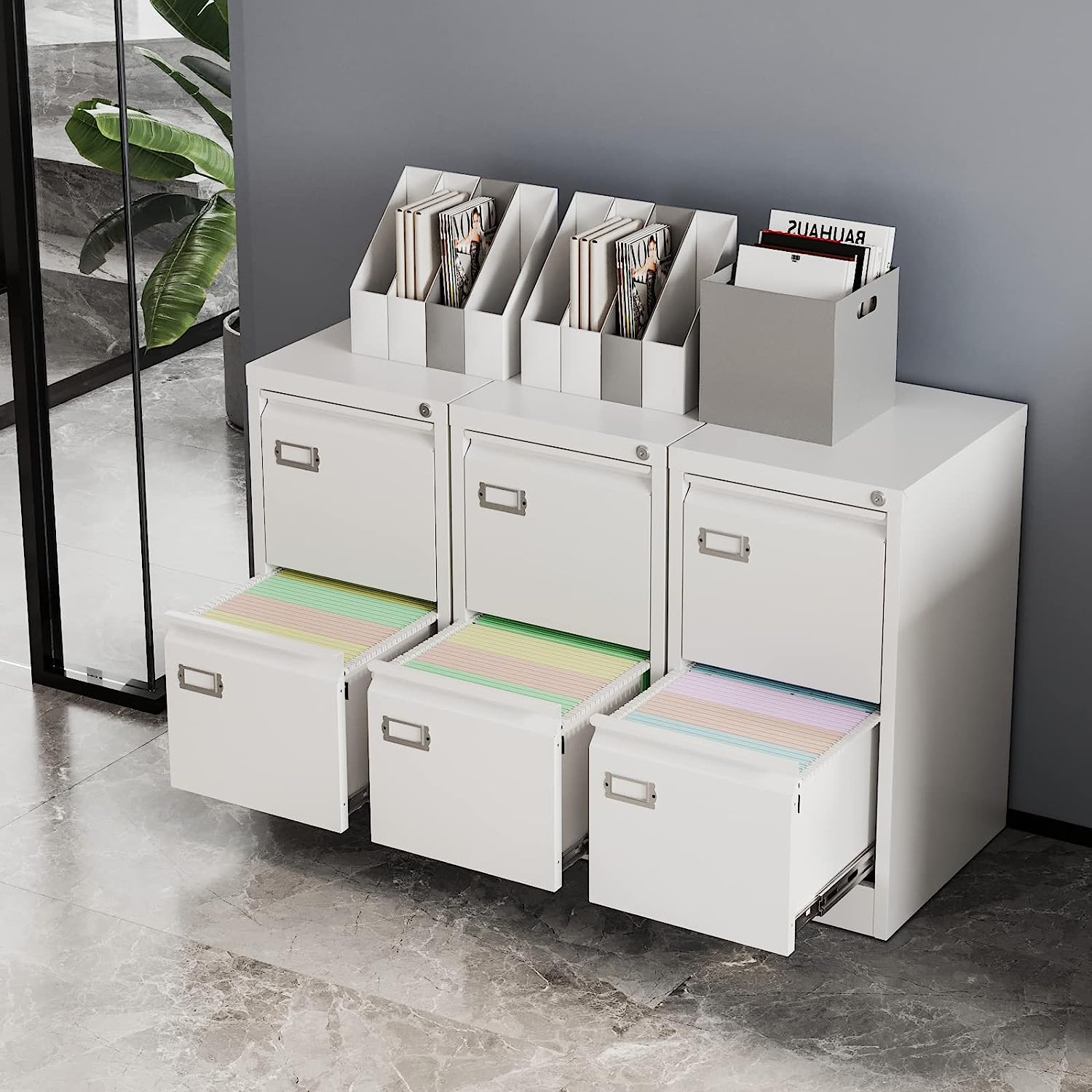
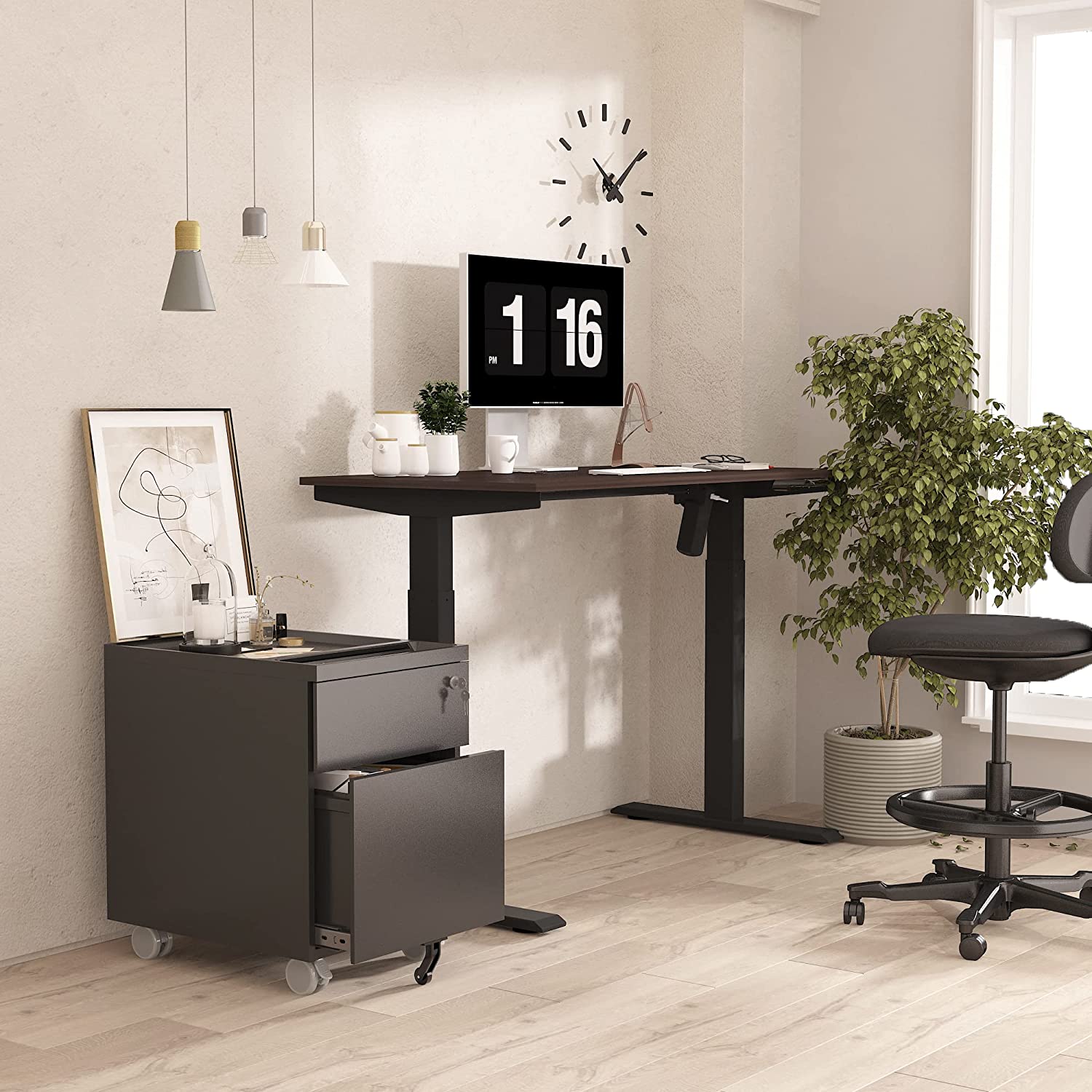
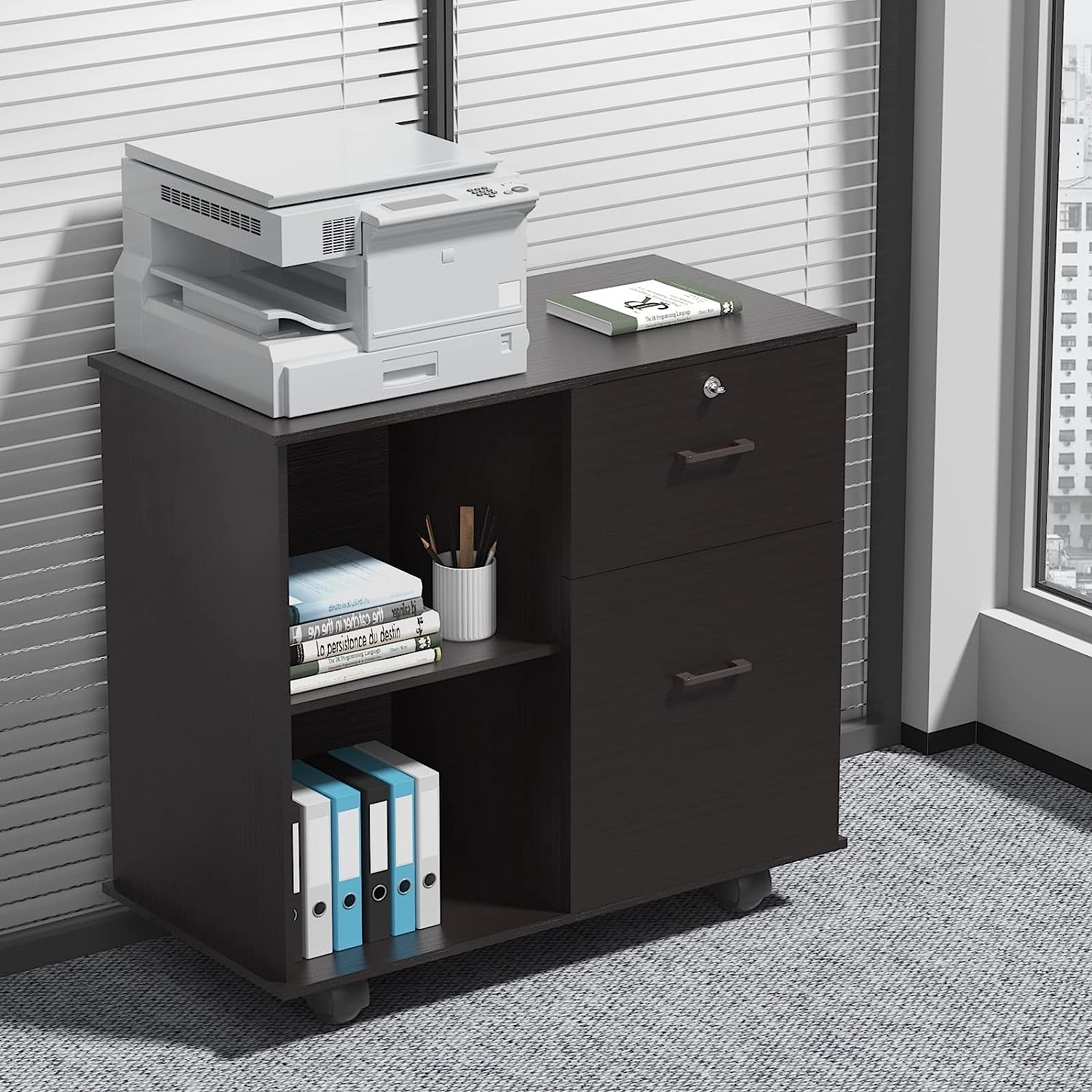
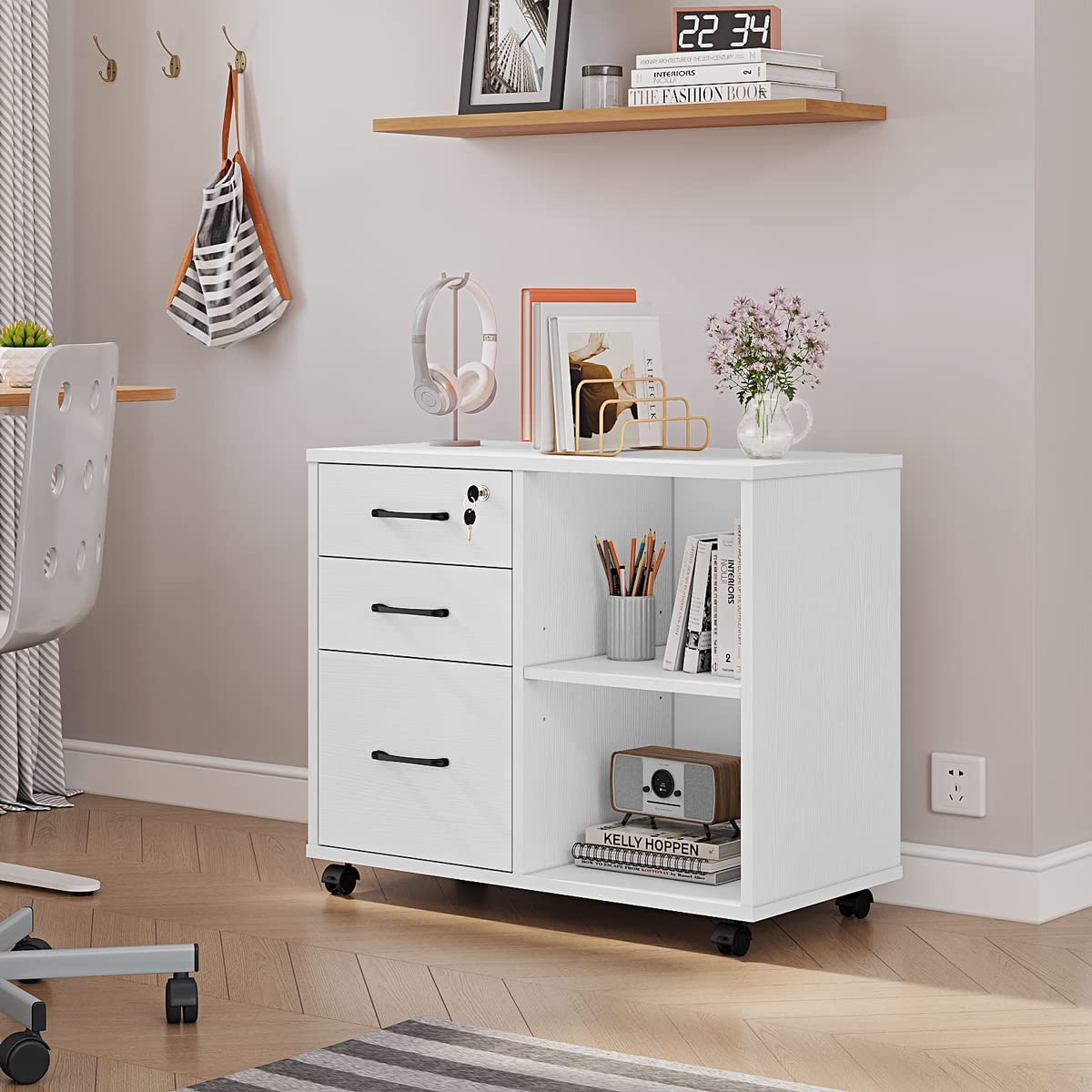

0 thoughts on “How To Break Into A Filing Cabinet”